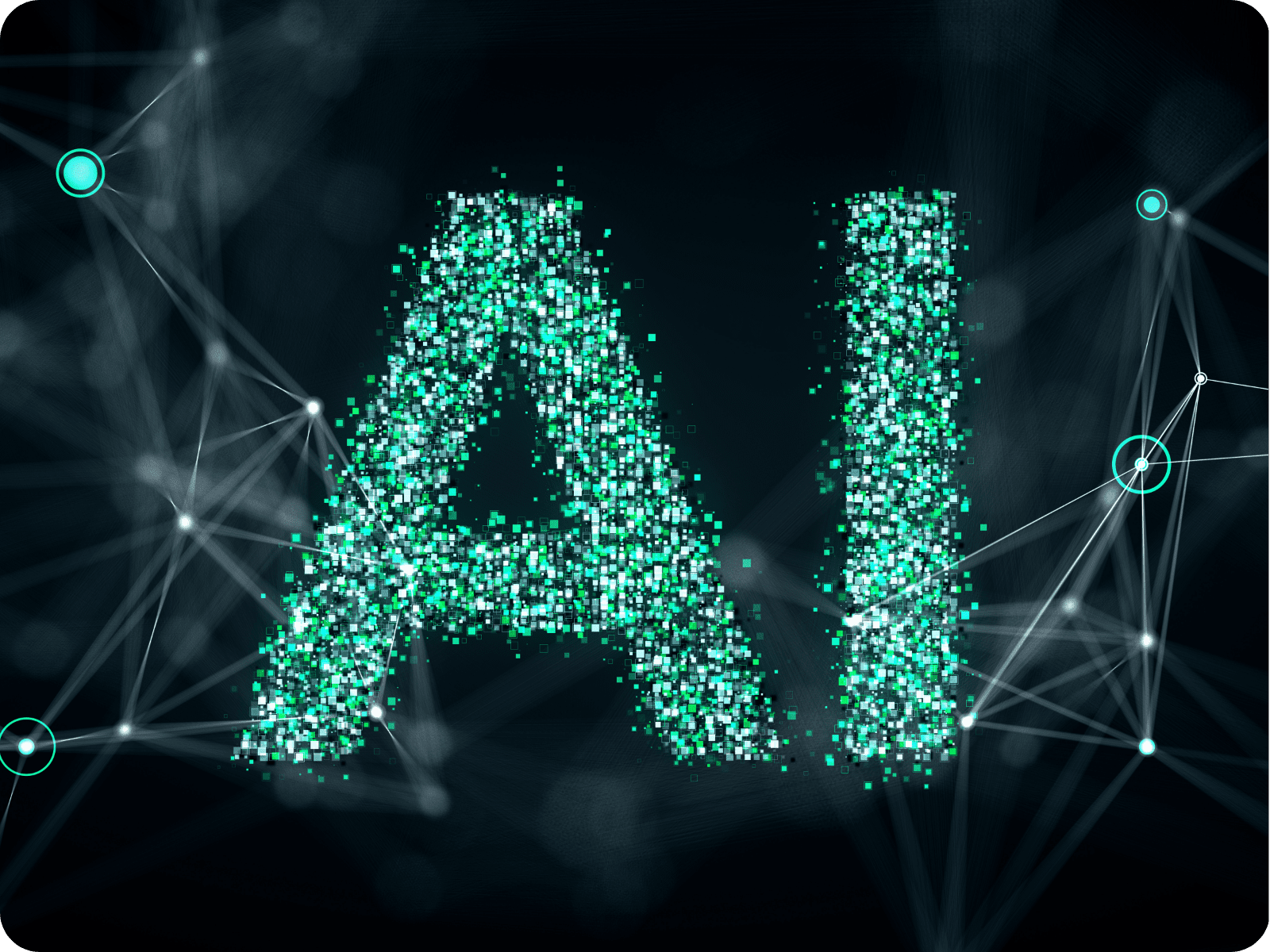Choosing the right programming language for AI isn’t just about what’s popular. It’s about what gets the job done fast, clean, and with the flexibility to grow. Whether you’re building models, deploying APIs, or working with massive datasets, the tools you use matter. A mismatch between language and project scope can slow you down, increase bugs, or even block features.
Key Takeaways
- Python dominates AI development for a reason—it’s versatile and beginner-friendly.
- R, Java, Julia, and C++ all have their strengths depending on the use case.
- The best language is the one that fits your team’s skills and your project’s needs.
What makes a programming language good for AI?
AI development involves a lot of data processing, algorithm tweaking, and model training. So, a good AI language needs:
- Strong libraries and frameworks (think TensorFlow, PyTorch, scikit-learn)
- Clear syntax for writing and maintaining complex logic
- Community support for troubleshooting and learning
- Speed and performance (especially in training and inference)
A bonus is compatibility with other tools in your stack. Seamless integration with cloud platforms, databases, or APIs can save weeks of development.
Top programming languages for AI
Python
Python is the king of AI. It’s simple, readable, and loaded with libraries like NumPy, pandas, TensorFlow, PyTorch, and sci-kit-learn. It’s also the go-to for most machine learning engineers. It handles everything from prototyping to production deployment.
R
R shines in data analysis and visualization. If your AI project is heavily stats-focused or tied to academic research, R might be the right call. It’s a favorite among statisticians and researchers for its deep statistical functions and plotting tools.
Java
Java is strong in enterprise environments. It’s scalable, stable, and integrates well with large systems. Great for building backend AI applications. It also has solid libraries like Deeplearning4j that make it useful for deep learning.
Julia
Julia is newer but rising fast in the AI and data science space. It’s fast like C++ but easier to write, making it great for high-performance numerical computing. Researchers and engineers use it when they need both speed and flexibility.
C++
C++ gives you raw performance. It’s useful when training needs to be lightning-fast or you’re building resource-intensive AI apps like game engines or robotics. Its downside is the complexity and verbosity, which can slow down development.
JavaScript
With tools like TensorFlow.js, JavaScript has carved out a niche for AI in the browser. Good for interactive apps and client-side ML. It’s also gaining ground in edge computing scenarios where lightweight deployment matters.
How do I choose the right one?
Ask yourself:
- What kind of AI are you building—NLP, computer vision, forecasting?
- Do you need fast prototyping or maximum performance?
- What’s your team comfortable with?
- Will you need to scale the system or integrate with other platforms?
Often, Python is the best place to start, but every tool has its moment. For production-heavy systems, Java or C++ might make more sense. For quick insights and data-heavy tasks, R or Julia might be your best bet.
FAQs
What language is best for AI beginners?
Python. It’s beginner-friendly and has a huge support ecosystem.
Is C++ better than Python for AI?
Only if you need extreme speed or hardware-level optimization. For most projects, Python wins.
Can I use JavaScript for machine learning?
Yes. With TensorFlow.js, you can run ML models right in the browser.
Final Thoughts
No language is perfect for every job. Each one brings something different to the table.
Start with Python, explore others as you grow.
At TechQuarter, we help teams pick the right tools to build smarter, faster AI systems.
Let’s figure out what works best for your next project.
